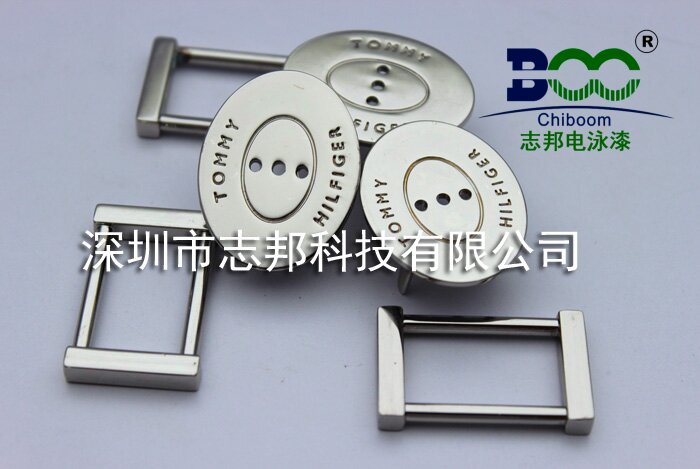Electrophoretic paint layer thickness standard table
The Standard of Electrocoat Paint Layer Thickness and Its Application in Industries
As an essential part of modern painting processes, electrocoat paint technology is widely used in various industries such as automotive, home appliances, hardware, and more. Its unique painting method and excellent performance have made it a preferred coating material for many industries. However, the thickness of the electrocoat paint layer is a crucial factor that determines its performance and service life. This article will delve into the standards of electrocoat paint layer thickness and its applications in industries.
I. Standards of Electrocoat Paint Layer Thickness
The thickness of the electrocoat paint layer refers to the thickness of the coating formed on the substrate, usually expressed in micrometers (μm). The standards for electrocoat paint layer thickness vary depending on the application field and specific requirements. Generally speaking, the automotive industry has higher requirements for the coating thickness of electrocoat paint to ensure corrosion resistance and scratch resistance. According to industry standards, the electrocoat paint layer thickness for automobile bodies is usually between 15 and 25 micrometers. However, in special cases, such as non-exposed parts like seats, the electrocoat paint layer thickness may be slightly lower, typically ranging from 15 to 20 micrometers, while exposed parts like body panels require a slightly thicker coating, usually between 20 and 25 micrometers.

For other industries such as home appliances and hardware, the requirements for electrocoat paint layer thickness may be relatively lower. Generally, electrical appliances and other products with high aesthetic requirements may have a relatively thinner coating, typically between 10 and 15 micrometers. Metal furniture manufacturing requires a beautiful and smooth surface but has relatively lower requirements for coating thickness, generally ranging from 10 to 20 micrometers.
It's worth noting that the thicker the electrocoat paint layer is not always better. An overly thick coating may result in an uneven surface, losing the desired aesthetic effect, and may also increase painting costs. Therefore, in practical applications, it is necessary to comprehensively consider the specific requirements of the product, the usage environment, and production costs to determine a reasonable electrocoat paint layer thickness.
II. Applications of Electrocoat Paint Layer Thickness in Industries
Automotive Manufacturing: The electrocoat paint layer thickness of automobile bodies is a crucial factor in ensuring corrosion resistance and scratch resistance. A reasonable electrocoat paint layer thickness can ensure that the car maintains excellent surface quality under various harsh environments. At the same time, the electrocoat paint layer thickness is also an important evaluation index for car quality.
Home Appliance Industry: Home appliances have relatively lower requirements for electrocoat paint layer thickness, but they still need to ensure a certain level of corrosion resistance and aesthetics. By controlling the electrocoat paint layer thickness reasonably, it can ensure that home appliances have good performance and appearance during use.
Hardware Industry: Hardware products also have relatively lower requirements for electrocoat paint layer thickness, but they still need to ensure a certain level of corrosion resistance and durability. By controlling the electrocoat paint layer thickness reasonably, it can ensure that hardware products have good rust prevention and aesthetic effects during use.
In conclusion, the standard of electrocoat paint layer thickness and its application in industries is a complex yet important issue. In practical applications, it is necessary to comprehensively consider the specific requirements of the product, the usage environment, and production costs to determine a reasonable electrocoat paint layer thickness. At the same time, it is also necessary to continuously research and explore new electrocoat paint technologies and processes to meet the requirements of different industries for electrocoat paint layer thickness.





 WeChat
WeChat